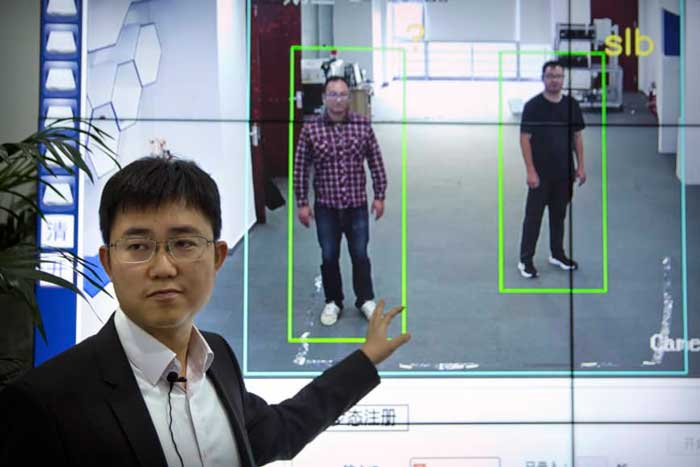In China, there are at least 170 million surveillance cameras throughout the country, and another 400 million are going to be installed in the near future. Most surveillance systems, along with the associated software, can not only connect individuals with friends, family members, and passports but also determine age, ethnicity, and gender. With these numbers, the future depicted in Orwell’s 1984 no longer sounds unrealistic. But China does not stop there. The authorities began to deploy a new surveillance tool developed by the Watrix company, which offers gait recognition software.
The software is already used in Shanghai and Beijing, and Watrix announced that it has collected 100 million yuan (approximately $14.5 million) to speed up the software development. The software analyses the silhouette as a whole, as well as individual characteristics of the body and the manner in which a person walks to identify individuals when their face is hidden from the cameras. Limping or wobbling will not work to deceive the software. It copes with its task from a distance of up to 50 meters. The accuracy of the system is worse than the face recognition method, but it can analyze the figure almost unmistakably, with 94% of probability.
The tool is supposed to become the missing element in the field of tracking and recognition, which still relies on close-up images. Everything that the Watrix system requires is a clear image of the object from the back, front or side. At present, the technology is unable to identify the target in real time (it takes about 10 minutes), but this function is still under development.
The representatives of the Chinese security service intend to create an integrated nationwide surveillance camera data system that will use all available software, including the gait identification system.







